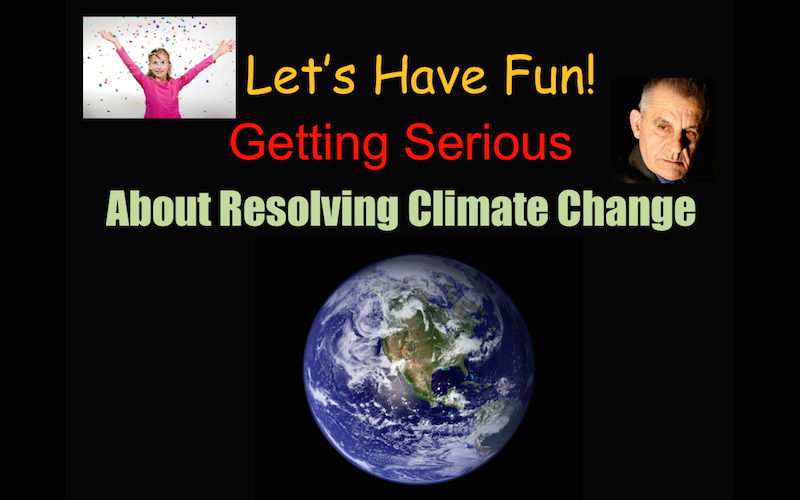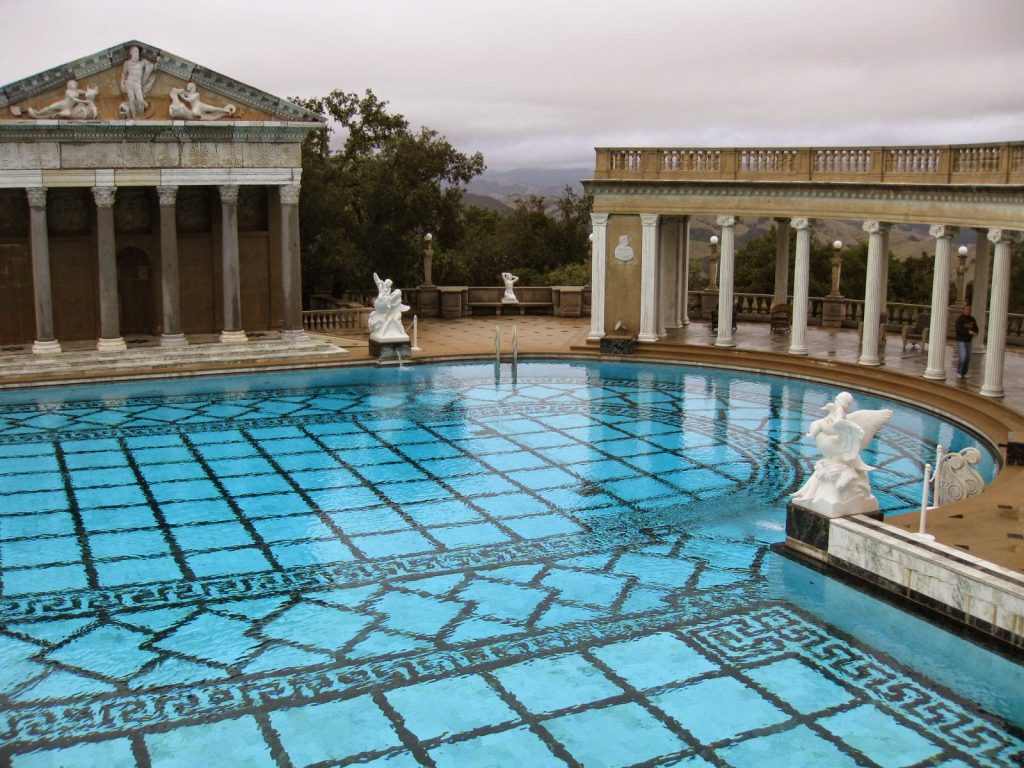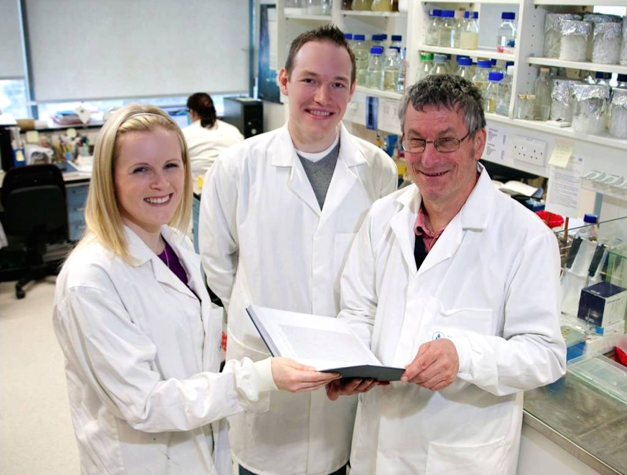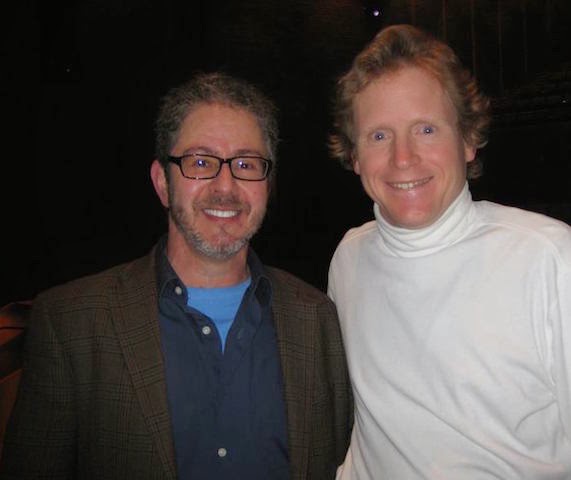“The most exciting phrase to hear in science, the one that heralds new discoveries, is not ‘Eureka!’ but ‘That’s funny…'” – Isaac Asimov
 |
| Brian Malow |
Looking to be entertained by someone with a mutual geeky love of science? Look no further than Brian Malow, Earth’s Premier Science Comedian (self-proclaimed). He has performed for NSF, AAAS, JPL, NIST, ACS, AGU – and many other acronyms, as well as comedy clubs nationwide.
Brian currently works in science communication for the North Carolina Museum of Natural Sciences in Raleigh, and blogs for Scientific American.
Brian has made science videos for Time Magazine’s website and is a contributor to Neil deGrasse Tyson’s radio show. He gives workshops and presentations to train scientists to become better speakers and that is where I first encountered Brian Malow.
He was a guest speaker for the December 2011 Communicating Your Science Workshop at the AGU (American Geophysical Union) Fall Meeting in San Francisco. His workshop for scientists and science communicators like me was called, Delivering Your Message: Lessons from Stand-up Comedy.
To this day, this was one of the most beneficial workshops I have attended for tips to successfully engage an audience on science, especially climate change.
This is a presentation with tips I needed to learn. As I blogged about previously, I saw evidence of climate change while working as a ranger at Crater Lake National Park, Oregon and Everglades National Park. While working in the Everglades in November 2007, I decided to dedicate the rest of my life to be a climate change communicator.
Unsure how to pursue this passion, one day I was brainstorming with my friend, Naomi, in Ashland, Oregon. She was giving me lots of advice. Finally, I said out of honest desperation, “If I could do anything, I would like to be the Climate Change Comedian!”
Naomi just about fell out of her chair laughing. She said, “You go home and grab that website domain.” I immediately did that and a friend helped me build the website, climatechangecomedian.com in March 2010. I have not done much with the website since then, even though I love to blog, create videos, and contribute posts to the website Climatebites.org.
In Spring 2010, I also created my first powerpoint attempt to find that sweet spot of sharing the science and solutions to climate change while incorporating humor. It was called Let’s Have Fun Getting Serious about Resolving Climate Change.
I gave this talk a few times for friends to get comfortable Towards the beginning of my talk, I shared some of my favorite quotes trying to find the sweet spot between humor and serious learning:
– ‘Good teaching is one-fourth preparation and Three-fourths Theater.’ ~ novelist Gail Godwin
– “Jokes of the proper kind, properly told, can do more to enlighten questions of politics, philosophy, and literature than any number of dull arguments.” – science fiction writer Isaac Asimov
– “When humor goes, there goes civilization.” – humorist Erma Bombeck
– “You can turn painful situations around through laughter. If you can find humor in anything, even poverty, you can survive it.” – comedian Bill Cosby.
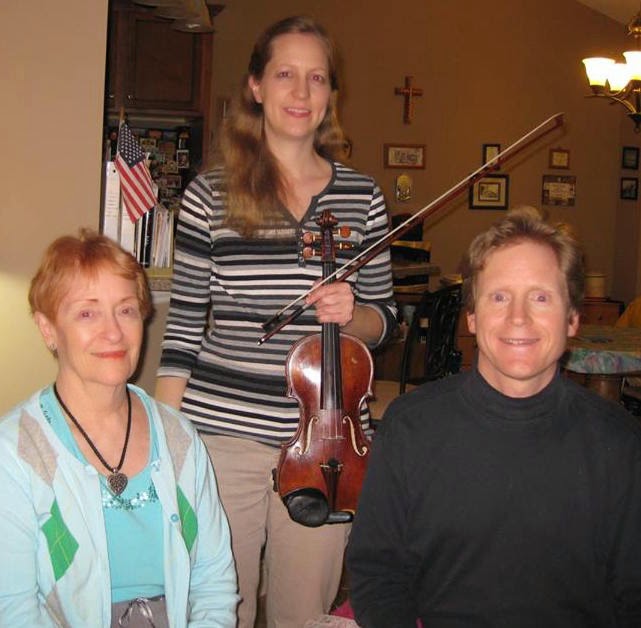 |
| Fran Ettling, Tanya Couture, and Brian Ettling |
Ok, you can tell I need a lot of help with my humor. To this day and in my short videos, my mom and fiancée Tanya tell me that I am not that funny.
Therefore, yes, I was in great need of Brian Malow’s workshop at AGU in December 2011, Delivering Your Message: Lessons from Stand-up Comedy.
That information is so valuable to weave into my talk, establish more rapport with the audience and get them on my side for the topic I am presenting.Brian went further to say to know that your audience is human. Therefore, connect with them with human ideas. He encouraged us to put ourselves in our programs. I took this to heart nine months later when I developed my own ranger evening campfire presentation at Crater Lake National Park on YouTube, called the The Good, The Bad, and the Ugly. I put goofy images of myself in my program so my audience could relate more to me and the information I was sharing with them. Such as me below catching my first gigantic kokanee salmon at Crater Lake in 2012.
One of my favorites: confused about weather vs. climate, then check your underwear drawer.
“Climate is percentage of long underwear vs. shorts in your closest. Weather is deciding to wear long underwear or shorts today.” – Inspired John Morris, retired Interpretive Specialist, National Park Service, Alaska Regional Office.
 |
| Dr. Neil deGrasse Tyson. His profile Twitter Image |
Or, Climate change A political issue? That’s like choosing sides over E = mc2
“Climate change has taken on political dimensions…That’s odd because I don’t see people choosing sides over E = mc2 or other fundamental facts of science.”
— Dr. Neil deGrasse Tyson, astrophysicist, Host of Cosmos: A Spacetime Odyssey.
Gulp. I still overly rely on powerpoint. I struggle with memorization and I love some of the images I use for laughs. Such as Positive Proof of Global Warming slide with the change of underwear fashions over the years from the long bloomers our great grandparents wore to the dental floss thongs some teenagers and young adults wear today.
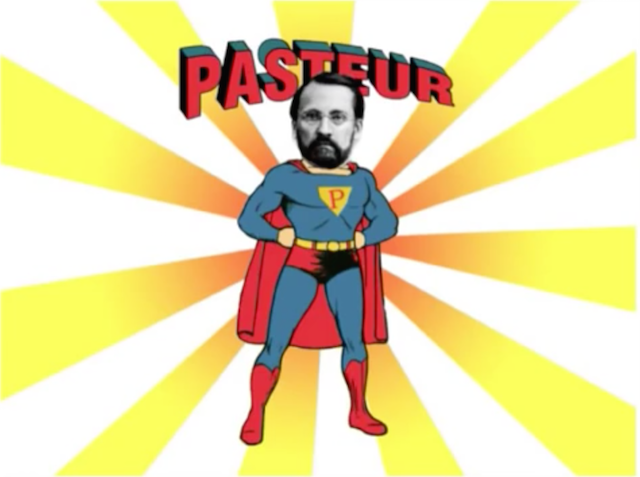 |
| Image from the YouTube talk from Brian Malow, How Wine Saved the World |
He then showed his funny and educational powerpoint about Louis Pasteur which is on YouTube called How Wine Saved the World. To illustrate how Louis Pasteur was a “super-chemist,” the slide shows a Photoshopped image of Pasteur’s head on Superman’s body.
Even more, Brian’s powerpoint shared a great scientific story how Louis Pasteur proved that life can only come from life. Pasteur crushed the previous accepted doctrine of spontaneous generation. He performed experiments that showed that without contamination, microorganisms could not develop.
Brian had a treasure load of these that he very generously shared and I turn then incorporated into some of my writings:- We are treating the small livable part of spaceship earth, our air supply, as an unregulated SEWER to dump our vehicle and industrial wastes. Currently, carbon dioxide emissions are roughly 36.7 billion, with a B, metric tons a year. Throwing this much carbon dioxide into our atmosphere is really no different than me lighting up a cigarette in this room. Even more, imagine that you were swimming in a beautiful Olympic size swimming pool. Then you saw someone peeing into the pool. Then you saw another person peeing into the pool. Then another. And another. At way point would you yell at the top of your lungs, “STOP PEEING IN MY POOL!”
– Brian thinks it is odd that people trust experts for everything, except for evolution and climate change. People think they know more than these experts.
There’s something fascinating about why people don’t trust scientists. I mean we defer to so many experts in our lives. You know, if you have a problem with your plumbing, you call the plumber. If you have a problem with your car, you call the mechanic.
But for some reason when it comes to evolution or climate change, you’re going to trust some politician and not the experts? It’s so absurd. What if we greeted plumbers with the same skepticism? “Oh, yeah, right, right. You’re just gonna snake that little thing down there and it’s gonna clear up the problem? Sure. And I’m supposed to believe that?”
What really shines through Brian’s comedy routines, radio interviews, videos, and scientific workshops is his love of science. He told us that science is a process. Science is the pursuit to satisfy our curiosity.
Thank you Brian Malow for your humor and inspiring me to more effectively use humor when I am giving talks on climate change. I blogged about my own success over a year ago: Using Humor Effectively to Communicate Climate Change.You have been a big influence on me.


